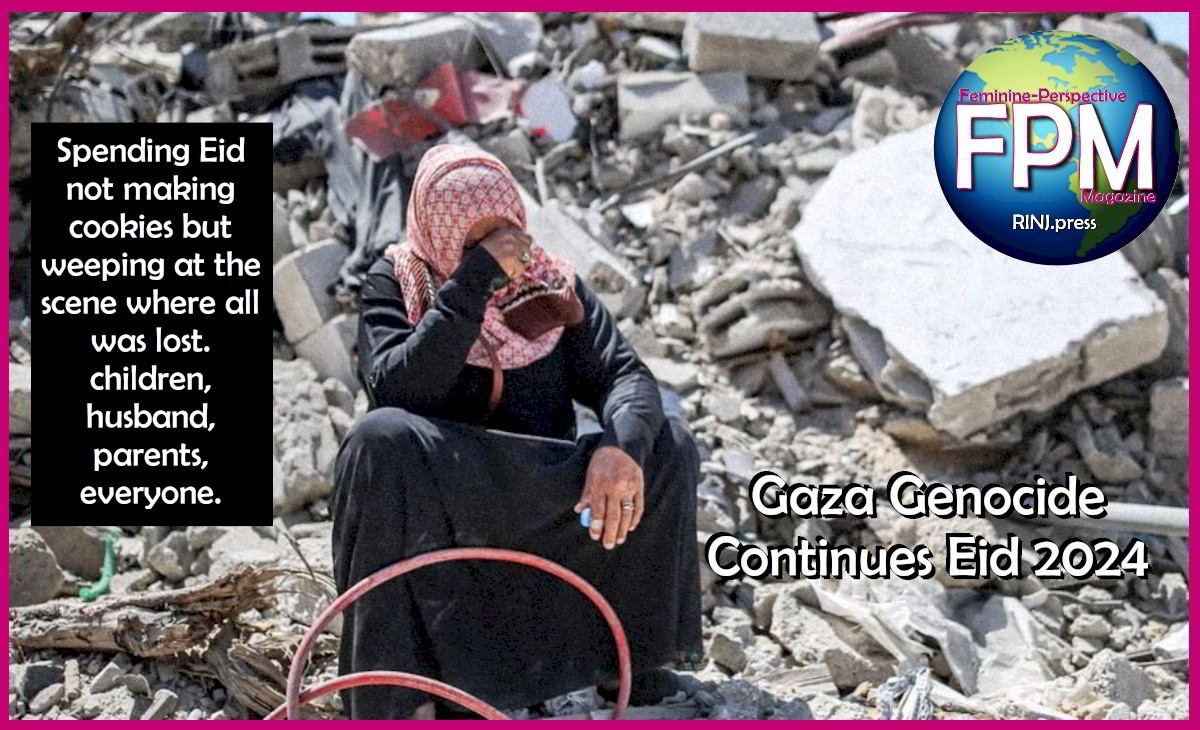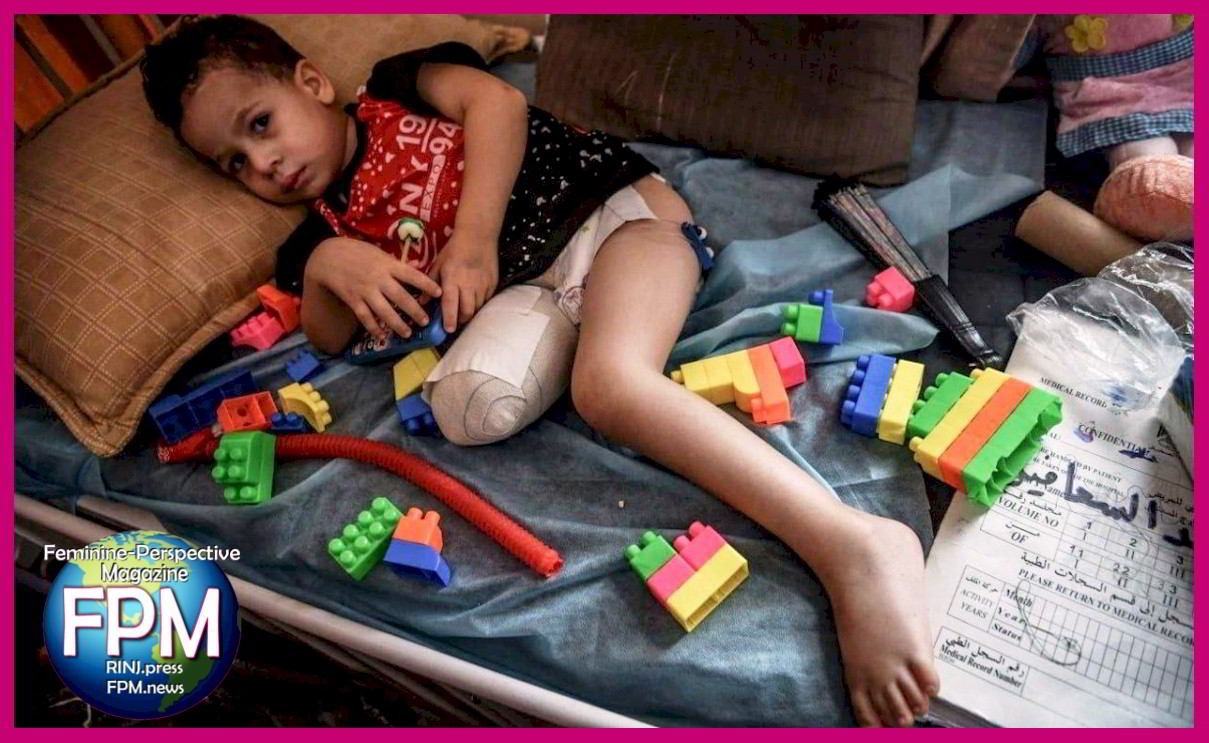1) Rapists rape, not #RapeCulture. Ending rapists ends the rape culture pandemic.
2) @RapeIsNoJoke is not about admonishing #rapejokes, it’s about removing rapists from society.
Rape Culture Breeds Rapists
Within a rape culture, prevalent attitudes, norms, practices, and media condone, normalize, excuse, or encourage sexual violence. Rape culture is worsening around the world.
Rape culture frequently includes objectifying women or portraying social relations as a battle of the genders, both of which are dehumanizing. Dehumanization, in turn, leads to sexual violence against objects instead of a person which leads to an inherent belief there is no bad consequence to the act which is not seen as a crime because of the dehumanization of the object of the act.
Most women and girls live in fear of rape. Men, in general, do not. That’s how rape functions as a powerful means by which the whole female population is held in a subordinate position to the whole male population, even though many men don’t rape, and many women are not victims of rape.
The cycle of fear is the legacy of Rape Culture and is why The RINJ Foundation is so adamant that rapists rape, not rape culture, thus a good way to end rape culture is to punish rapists by removing them from society.
The RINJ Foundation theorizes that rapists need to experience life consuming penalties commensurate with the life consuming pain and suffering of the rape survivor.
The mental health of rape survivors in most cases is jeopardized for life–and that can be a greater pain and suffering than broken bones, contusions and lacerations which heal in relatively short order.
In fact the pain and suffering of rape survivors is so severe that many say they wish they had been killed in the attack; many others eventually commit suicide.
Removing Rapists From Society
The RINJ Foundation works to identify rapists in war zones and have these war criminals prosecuted in the International Criminal Court. The end result can be the death penalty.
The RINJ Foundation issued global sentencing guidelines in 2011 (because in many jurisdictions there appear to be none as in the case of Cherice Moralez in Billings Montana).
The minimum time in prison for a person convicted of sexual assault should be 7 or 10 years. This would eliminate the current 30-day and suspended sentence penalties. Most of the convicted perpetrators should be sentenced to 15-to-25 years.
If there is more than one count, or where a repeat predator specification is proved, the sentence is 30 years to life meaning the mandatory minimum sentence is thirty years per count but they will likely die in jail (life) unless for an offender with a single sentence for one count, a parole board plus an independent board set up specifically for sex offenders agrees that the offender has been rehabilitated.
In the case of a sentence of 15-to-25 years per count, the convict will not likely be released into society because according to the RINJ guidelines for 15-year + sentences, the sentencing judge will impose a mandatory release-review by the sentencing court, available after the minimum term is served, parallel to the Parole Board’s reviews. If either entity rejects release the term is extended by another year. On failing a review at that time, an application can be made each three years.
This may be complicated for the lay person to read, but what it translates to is that a genuine sex offender pretty much needs a visible halo over their head in order to be released from prison after having served their minimum sentence.












